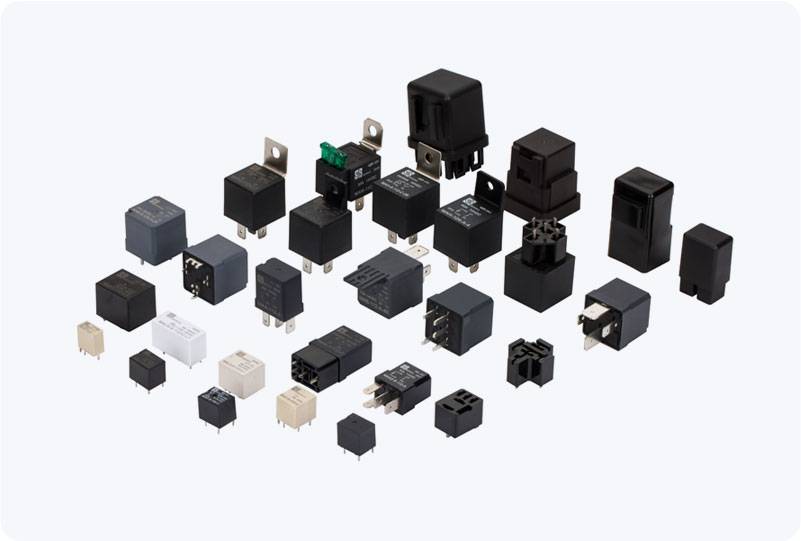The PCB electromagnetic relay is an essential component widely used in modern electronic devices, providing an efficient and reliable means of controlling electrical circuits. These relays are often found in applications ranging from industrial automation to consumer electronics, automobiles, and telecommunications. This article aims to explore the working principle, features, applications, and benefits of PCB electromagnetic relays, highlighting their importance in both low and high-power electrical systems.

What is a PCB Electromagnetic Relay? A PCB electromagnetic relay is an electrical switch that uses an electromagnet to control the opening or closing of a set of contacts, which in turn control the flow of current through an electrical circuit. It is typically mounted directly onto a Printed Circuit Board (PCB), which allows for compact designs and efficient integration into various electronic systems. These relays operate by using a coil to generate a magnetic field when an electrical current passes through it. This magnetic field then moves the relay’s armature, causing the contacts to either open or close, depending on the relay’s design.